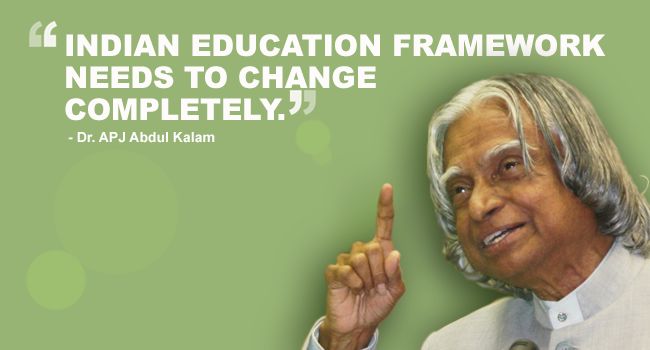Indian Education System
May 27, 2019 • 49 views
Education is the key to success which should be used wisely to achieve future objectives. Education in Indiais provided bypublic schools and private schools. Public schools are controlled and funded by three levels: central, state and local. Education is a right for children of ages between 6 to 14. Various articles under constitution guarantee free and compulsory education which should be provided to children.
As per the Annual Status of Education Report (ASER) 2012, there was an increase in the number of children who got enrolled in the schools. Another report from 2013 stated that there were 229 million students enrolled in different urban and rural schools of India, from Class I to XII. Quantitatively India is getting closer to universal education but quality of its education has been questioned widely, particularly in government schools. More than 95% of children attend primary schools but only 40 % attend secondary school.
The Indian constitution lays emphasis on primary education also referred to as elementary education of children between 6-14 years. The primary education in India is divided into two parts, Lower Primary that includes classes I-IV and Upper Primary or Middle school that includes Classes V-VIII.The Indian government has also banned child labour in order to ensure that the children do not enter unsafe working conditions and is also encouraging them to become literate by providing them free and compulsory education. However, both free education and the ban on child labour are difficult to enforce due to economic disparity and social conditions. However, due to a shortage of resources and lack of political will, the system suffers from massive loops including shortage of infrastructure and poor levels of training of teachers.
There are various types of schools such as government schools, poor and vulnerable students, aged 6-14, study in those schools for free, government aided private schools, they are charitable run schools and they are partially funded by the government, and other type of schools are private schools which are owned and operated privately.
According to some research, private schools often provide superior results, the reason being high aims and better vision.However, others have suggested that private schools fail to provide education to the poorest families, ignoring the Court orders for their regulation. Nowadays the competition is increasing among the schools owned privately, which is in turn increasing their profits. Even the poorest often go to private schools despite the fact that government schools are free.

Besides, top rated universities which provide highly competitive world class education to their pupils, India is also home to many universities which have been founded with the sole objective of making easy money. Indian Government has failed to check on these education shops, which are run by big businessmen & politicians. Many private colleges and universities do not fulfil the required criterion by the Government and central bodies and take students for a ride. For example, many institutions in India continue to run unaccredited courses as there is no legislation strong enough to ensure legal action against them. There should be mechanisms to ensure that the education being given to children is according to the needs and not for the benefits of institutions.
A typical Indian classroom is characterized by long hours of lectures by the teacher with very little focus of the student’s ability to comprehend.Now smart classes are being installed in classes so as to make learning easier. Only mugging up things for the exams does not serve any purpose, which is the only need as per this education system. What matters most is the scores on report cards and not lifelong learning. The demand for marks starts right from the beginning of school life and decides the fate of the child, without even considering his abilities. The system gives importance to the marks of children, and not to understanding a topic and its applicability. The inner growth and development of children are never highlighted.
Many of the children still does not have proper access to education due to limited number of seats in universities and lack of quality primary education for poor. There are standardised tests which determine everything without even considering the aptitude of the children. There is extreme pressure from parents and society that students feel burdened, and lead their lives in order to fulfil the expectations of others. For people educational achievement is what matters for social standing, people think every aspect of life can be achieved by excelling in academics but that is just burdening the children, pressurising them to be the best in that field also which is not in their ability. There is great competition among children due to the limited availability of seats, management quotas, reservation system. Parents should support their child instead of accepting something which is difficult for their child to achieve. Schools should take up ideas though which children can understand things instead of just cramming them up. Children often hear their parents asking them to study but no body asks them to take rest, to pursue their hobbies, this is all because of the need of the education system to score marks
“EDUCATION IS NOT THE LEARNING OF FACTS, BUT TRAINING THE MIND TO THINK”
―Albert Einstein

